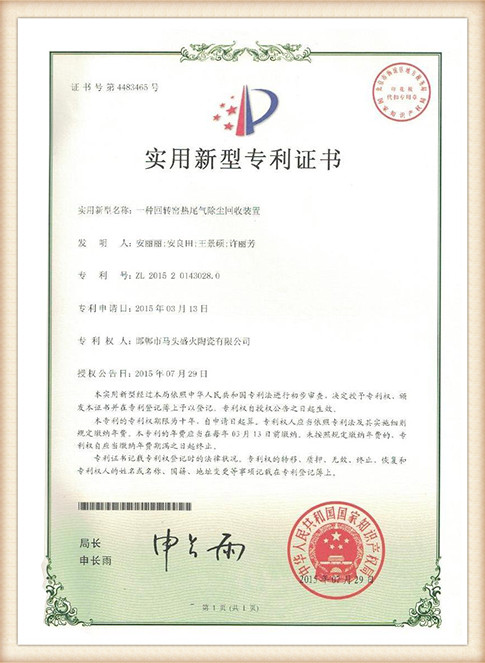Applications of Sand Casting Process
Sand casting, one of the oldest metal forming techniques, continues to play an integral role in modern manufacturing due to its versatility, cost-effectiveness, and ability to produce complex geometries. This article explores the various applications of the sand casting process, highlighting its significance across diverse industries.
1. Foundry Industry
The primary application of sand casting lies in the foundry industry, where it is used to produce a wide variety of metal components. The process begins with creating a mold out of sand mixed with a binding agent. This mold is then filled with molten metal to create parts ranging from small components to large industrial machinery. Sand casting is particularly valued for its ability to produce intricate shapes and sizes, making it suitable for both low and high production runs.
2. Automotive Components
The automotive industry extensively employs sand casting for manufacturing engine blocks, cylinder heads, transmission cases, and various other components. These parts often require the precise intricacies and strength that sand casting can provide. Moreover, the process allows for the easy incorporation of cooling channels and other design features that enhance the performance of the final product. With the ongoing trend of electric vehicles (EVs), sand casting is adapting to produce lightweight components that contribute to energy efficiency.
In the aerospace sector, the demand for lightweight yet strong materials is critical. Sand casting is utilized to produce components such as brackets, fittings, and housings, where traditional metal forming methods may fall short. The ability to create complex geometries and maintain high standards of dimensional accuracy makes sand casting a preferred choice for manufacturers in this sector. Furthermore, advancements in casting techniques have enhanced the capability to create more intricate designs that meet stringent aerospace regulations.
applications of sand casting process

4. Artistic and Decorative Items
Beyond industrial applications, sand casting is also employed in the production of artistic and decorative items. It allows artists and designers to create unique sculptures, jewelry, and architectural elements. The ability to cast intricate designs and textures makes sand casting a favored method among artisans seeking to bring their creative visions to life. This application showcases the artistic possibilities inherent in the sand casting process, giving it a distinctive place in both functional and aesthetic domains.
5. Heavy Equipment Manufacturing
Heavy machinery and equipment, including construction and mining equipment, often rely on sand casting for the manufacture of robust and durable parts. Components such as gear housings, frames, and powertrain elements benefit from the excellent mechanical properties that sand cast metals provide. The process allows for the efficient production of large, heavy components without compromising on quality or performance. This aspect is crucial in industries where reliability and strength are paramount.
6. Marine Applications
The marine industry also leverages the advantages of sand casting to produce parts that endure harsh environments. Components such as propellers, hull fittings, and engine components are often made through sand casting techniques. This method enables the production of corrosion-resistant alloys and facilitates the creation of parts that withstand the rigors of marine applications, contributing to vessel safety and performance.
Conclusion
In conclusion, the sand casting process is a cornerstone of many industries, from automotive and aerospace to artistic endeavors and marine applications. Its ability to produce complex shapes, cost-effectiveness, and adaptability to a range of materials make it a vital manufacturing technique. As technologies advance and industries evolve, sand casting will likely continue to innovate, maintaining its relevance in the ever-changing landscape of manufacturing.
Post time:Nov . 24, 2024 13:01
Next:cerabead
